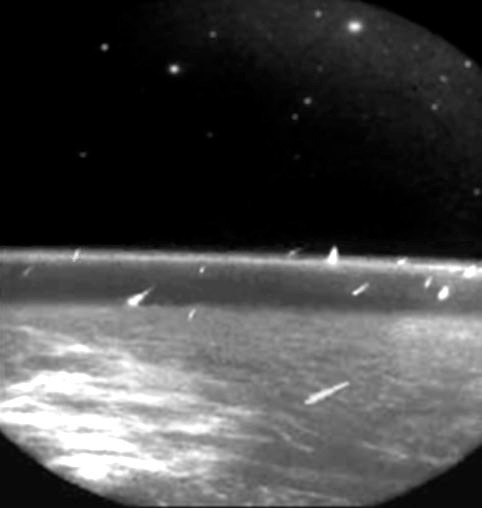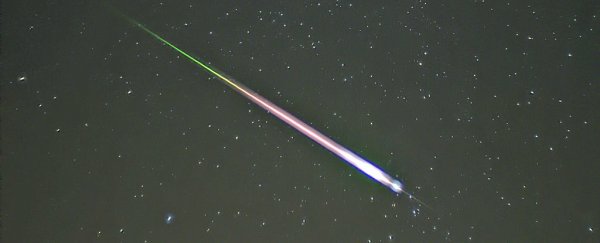We've had an amazing time skywatching this year, with planetary alignments and plenty of meteor showers.
And now the Universe is delivering again, with the Leonid meteor shower predicted to peak early on 18 November.
The shower is viewable from most places in the world, and this year the viewing conditions will be especially good as there will be very little moonlight washing out the sky.
Viewers can expect to see around 10-15 meteors per hour in the hours after midnight, early Saturday morning.
So what is the Leonid meteor shower and why should you care? The shower occurs when Earth moves through the dust trailing behind the comet Tempel-Tuttle, and small pieces of debris – roughly around the size of a pea – burn up in our atmosphere.
That may not sound as impressive as the large chunks of debris that produce fireballs during the Taurid meteor shower happening around this time every year, but these little meteors are still going to put on a beautiful show.
Impressively, the Leonid is also one of the fastest meteor showers that we encounter here on Earth, with fragments of space dust hitting our atmosphere at an incredible 71 kilometers, or 44 miles, per second.

The Leonid meteor shower is also famous because in the past it has been known to produce meteor storms, with unprecedented numbers of comets streaking through the sky.
Back in 1966, this produced an incredible show, with people in the US southwest reporting seeing up to 3,000 meteors per minute.
But these meteor storms only happen roughly every 33 years – the same amount of time it takes for the comet to complete an orbit around the Sun – and another one isn't predicted again until around 2032.
Your best chance to watch will be to get out of the city and away from streetlights and shops and give your eyes time to adjust.
The Leonids will appear to be coming from the Leo constellation, but they should streak across the whole sky.
